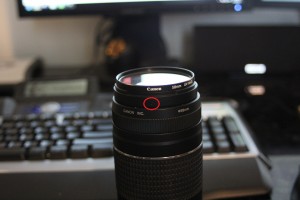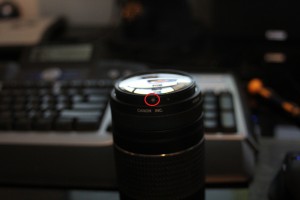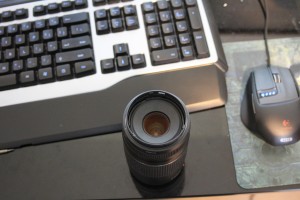Close to a year ago we proposed the idea to virtualize all the servers at our remotes sites. Â It took a significant amount of time to prove the value of virtualizing these remote sites, build the business case, present it, finally get approval, then create the in-depth project plan. Â As of today we have 10% of our sites virtualized.
One of the major decisions we made was to use ESXi Free–we had a lot of push back at first, but continued to explain any risk of using the free product was mitigated with our plan. Â For the technical folks it was simple, ask them: Â What does licensing ESXi get you? Â Most people who were asked this didn’t know the answer–the big hit is vCenter.
No vCenter?
Yes thats right–no vCenter.  The biggest frown here is no centralized console to manage everything from.  To us that isn’t a big deal–we’ve been manging distributed systems for years without a centralized management console.  All the hosts are setup with  Active Directory authentication so Role Baesd Access Control (RBAC) is cake, and the staff that need access have just the access they need.
We do not have shared storage in the remote sites so we can’t really take advantage of clusters–and along with that DRS, DPM, HA, FT, etc. Â as well as vMotion…
vCenter does provide all the hardware and performance monitoring, but we have that covered to…
What about monitoring?!
At the VMware level
The hosts are monitored by Veeam Monitor Free is a fantastic product that will give us the nice dashboard and aggregate alarms and performance from all the remote hosts. Â It’s awesome that Veeam offers this product for free. Â The only limitation we’ve really noticed thus far is email alerts of these alarms.
At the Hardware level
Hardware is monitored using Whatsup Gold! with a monitor against the DRAC for hardware status–Whatsup will generate the email alerts on any hardware issues.
I posted howto setup this monitor on the WhatsUp Gold Community site: Dell Server Hardware Monitor VIA DRAC (SNMP Monitor)
What about updates?
While vCenter Update Manager is nice we can patch the hosts  using the vSphere Management Assistant (vMA) appliance–look out for posts in the future on how we accomplish this.
Here we are about a month and a half into the actual conversion process!
I’ve already posted some of our obstacles in previous posts and how we avoided/got around them, but stay tuned for more–like how we actually handled provisioning 180+ ESXi hosts.



